Hand or Italian? Find out the coffee bean selection strategy that suits you.
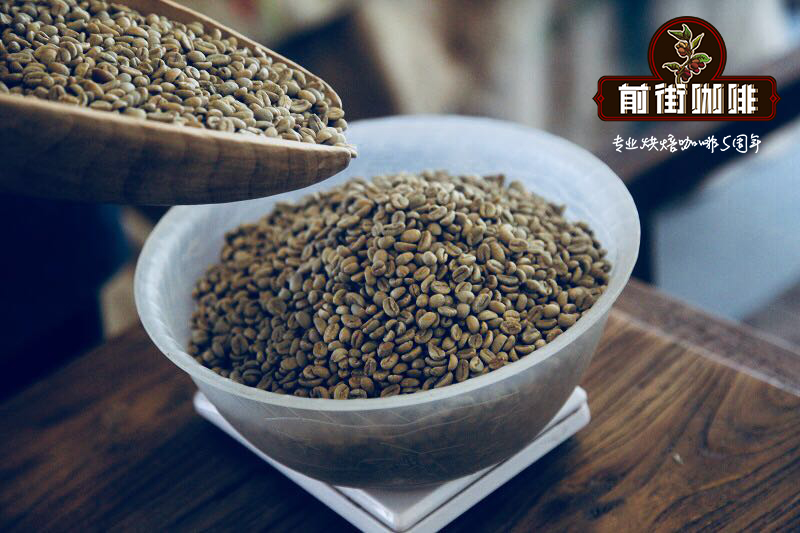
Professional coffee knowledge exchange more coffee bean information please follow the coffee workshop (Wechat official account cafe_style)
Coffee beans
If you don't know how to find the right coffee beans, the best way is to go to your favorite coffee shop and ask local bakers or bakers for advice. They can give you directions and even share some beans generously. On the other hand, there are a wide variety of choices on the Internet. You can also buy beans online and try them yourself. Raw beans or cooked beans are good.

Qianjie Coffee Taobao Link-there must be your favorite coffee https://taichancafe.taobao.com/?spm=a1z10.3-c-s.0.0.101f1b50JCIpW2
Break the price myth
Although boutique coffee is generally higher in price and better in quality than ordinary commercial coffee, it is important to remember that in the world of boutique coffee, the truth of "every penny" may not always be true. Island coffee from Jamaica or Hawaii, for example, is generally more expensive, not because of its outstanding flavor, but because of higher production costs and less production.
Ask local baristas or bean bakers, they know a lot about coffee beans and can give you some advice.

Figure out how to drink it.
Boutique coffee beans are usually divided into two types: Italian concentrated and hand-made, so decide how to drink them before you choose them. Hand-brewed coffee beans have a lighter taste and can play a more complex flavor, so they are most suitable for slowly brewing in the way of filter drops; the beans used as Italian espresso are darker in color and more full-bodied in taste, and can withstand the high-pressure extraction of the coffee machine.
Also, individual coffee is not suitable for adding milk, because milk will destroy the delicate flavor of the coffee itself. Therefore, it is best to make lattes or cappuccinos with Robusta mixed beans or a single variety with a stronger and fuller flavor such as Brazilian coffee.
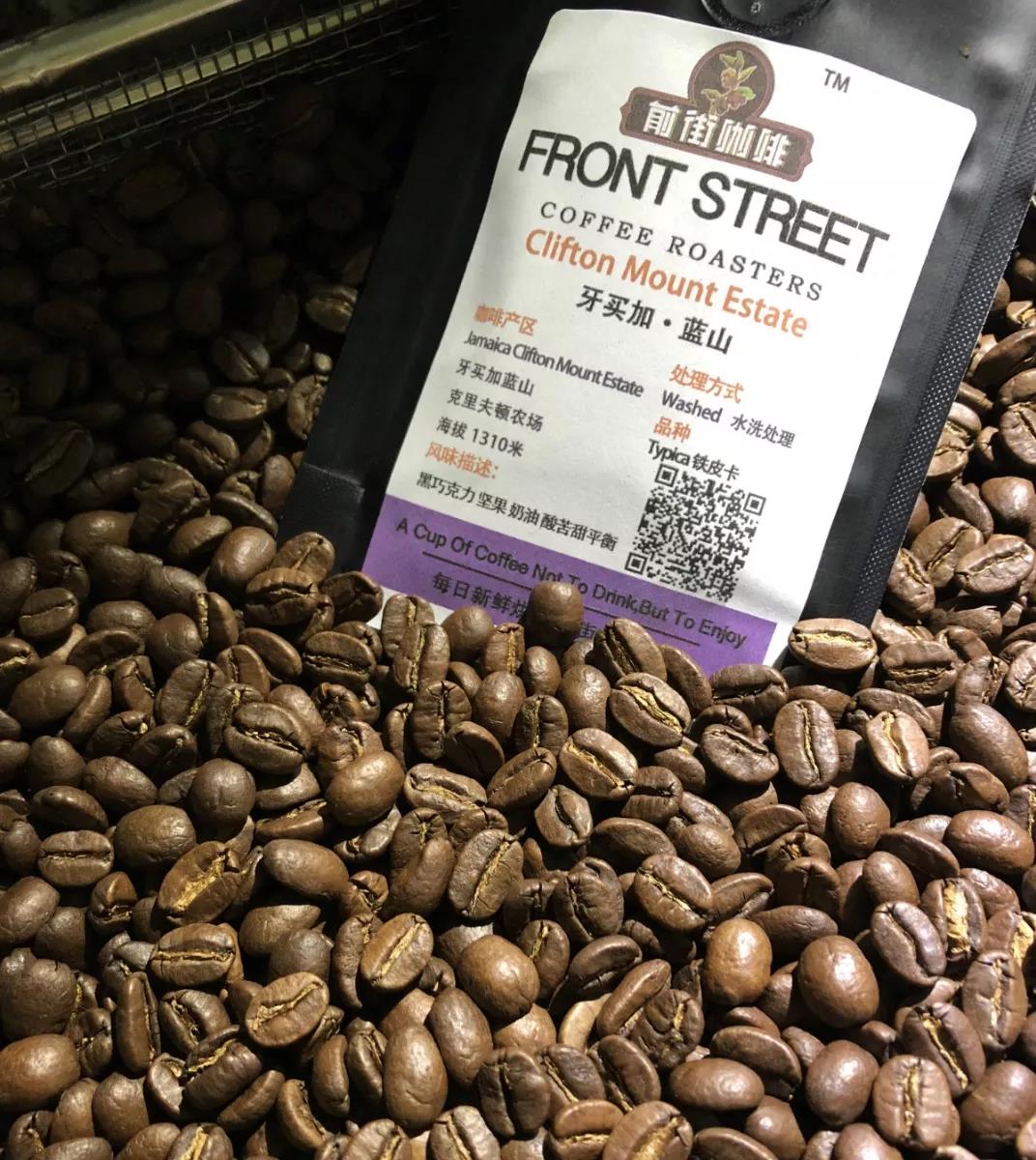
Drink while it's fresh
When buying coffee beans, pay attention to the baking date marked on the bag. Opinions vary about the best taste period for coffee, but it is generally believed that roasted beans take one to four days to mature, reaching their peak between the fifth and tenth days. Within three weeks from the baking day, there is a tasting period. However, as the old saying goes, the best way to taste coffee is to drink it in person, and the best taste of some coffee may come earlier or later, so the key lies in the quality of the beans and the way they are roasted and cooked.
Buy whole beans
Grinding beans can release the flavor of beans quickly and in large quantities in a short period of time, but it also means that the best taste period will be shortened and will soon deteriorate-usually only for a few hours. Ground beans lose most of their flavor complexity in a day and become dull in less than a week. It is recommended that you buy a bean grinder and grind and cook according to the amount of coffee you use each time, but if you really, really don't want to bother, you have to try to buy the freshest freshly ground coffee beans.
Proper preservation
It is not easy to find the right beans, of course, we should keep them well. You can buy special bean storage cans, but to be honest, it is not necessary to seal the beans to completely isolate the air and avoid the high temperature and heat. Buy only the amount you need for one to two weeks at a time. The best way is to pack it in a sealed glass jar or ceramic container and put it in a cool place. But no matter what others suggest, do not put it in the refrigerator or freezer, because beans will absorb moisture and odor, resulting in the loss of flavor, so that your double espresso will taste bad, like the pizza you didn't finish last Thursday.
For the choice of coffee, whether you have just entered or have not yet entered the door of coffee, will you always be attracted by the dazzling variety of coffee beans on the market?
If you haven't developed a systematic understanding of coffee, coupled with choice difficulties. You might as well follow Xiao Le to start with the following questions to understand your own needs.

Black coffee OR milk coffee
Many friends are used to drinking coffee with milk, and the fashion trend of drinking boutique black coffee is booming, so here you have to stand up.
If you add milk to drink, it is more suitable to use Italian machine or mocha pot to brew stronger coffee, suitable for Italian coffee beans.
While drinking black coffee, it is more suitable to use hand drip filter, siphon pot and other tools to make, suitable for the choice of individual coffee beans. Of course, a small number of friends will choose Italian style without milk and drink espresso directly.
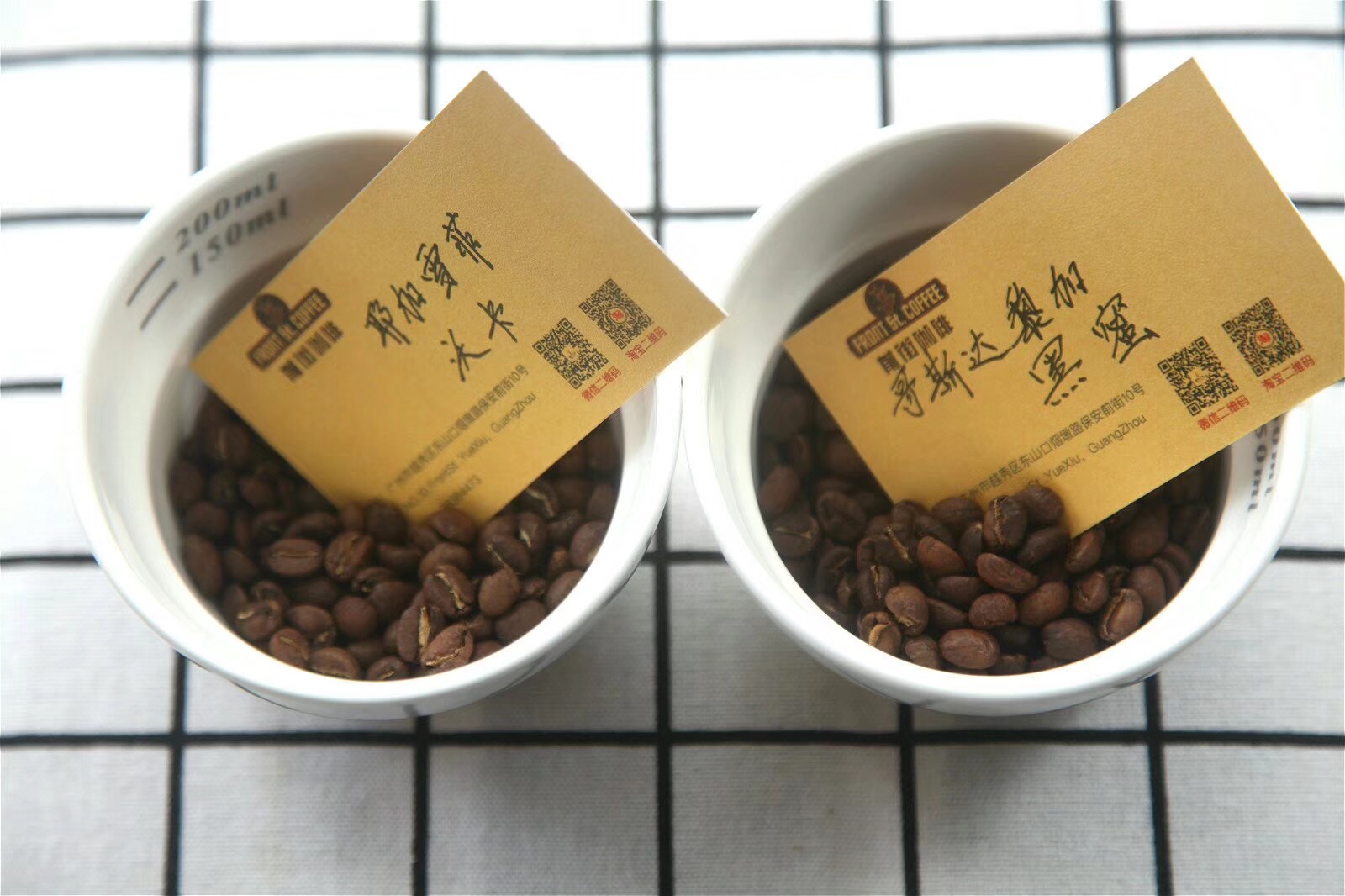
Fruit acid OR mellow bitterness
Different kinds of coffee contain different flavors, which can't be summed up in one word. But for beginners, perhaps the most intuitive is the two different taste tendencies of "sour" and "bitter".
Many people say, "I don't like acid in coffee"-but acid is one of the important features of high-quality coffee, and people who don't like it are often because they haven't tasted it. Yega Xuefei, Kenya and other high-quality beans have strong acidity. And this kind of beans are often medium-light degree of roasting, can reflect the more delicate coffee levels, distinct and clear flavor characteristics.
If you only like mellow and bitter flavor and firmly reject acid, well, we won't stop it. The mellow low-acid coffee represented by Mantenin has always been popular in the market. Most of this kind of coffee is roasted deeply, and the sweet and bitter taste of the coffee will be more obvious and the texture will be mellow.
Of course, there are some beans with a balanced taste and a good balance between bitterness and sour. Most of these beans are moderately baked and are easily accepted by most people.
Fresh OR is not fresh
No matter what the beans are, there is no need to talk about everything when it is fresh. The shelf life of coffee beans can be a long time, but the best time to taste is about a month, and then as time goes by, the flavor slowly decays. So be sure to choose coffee beans with a recent roasting date.
Ready-made coffee powder is advised not to consider it-for a demanding barista, the aroma begins to lose 40 seconds after it is ground; for the most forgiving barista, the aroma of the coffee powder is seriously lost if it is ground for half an hour. So it is recommended to buy fresh coffee beans and grind your own coffee.
There is an exception-if it is not convenient to grind it in the office or during a trip, you can choose a fresh hanging-ear coffee with two sealed packages, which makes it easy for you to enjoy mellow coffee anytime and anywhere without having to bring a lot of equipment to make coffee.
This place of origin OR that place of origin
Most of the boutique coffee can be traced back to the place of origin or even the manor. Having origin information does not mean that beans must be good, and it is not strict to distinguish beans by the country of origin, but the place of origin can still tell you some empirical information worthy of reference.
For example, Kenya in Africa tends to have a distinctive fruity aroma, Guatemala in South America tends to be mellow and slightly wild, Mantenin in Indonesia tends to be sour and mellow, and Yega Chefe in Ethiopia tends to have obvious flavor characteristics.
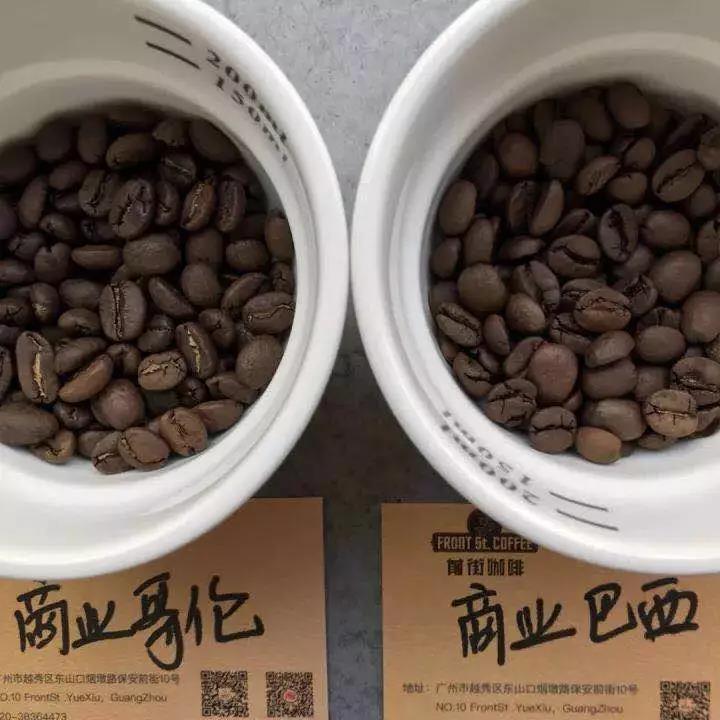
Match OR single product
A single coffee bean generally lacks the complex flavor necessary to make a delicious cup of coffee. Many blends contain three to seven different types of beans. Roasters understand the characteristics of each kind of coffee beans and mix them artistically to create a desired new flavor. The knowledge of roasters mixing coffee beans can be said to be the highest industry secret.
In the United States, 100% Arabica coffee beans are used to mix the best blends. In Italy, some robusta beans are added to mixed coffee to increase the complexity of its fat, caffeine and coffee flavor.
Baking or mixing first has always been a controversial issue among bakers. Generally speaking, each product is roasted first and then mixed, which will maximize the different flavor characteristics of each kind of coffee and produce the best effect.
Important Notice :
前街咖啡 FrontStreet Coffee has moved to new addredd:
FrontStreet Coffee Address: 315,Donghua East Road,GuangZhou
Tel:020 38364473
- Prev
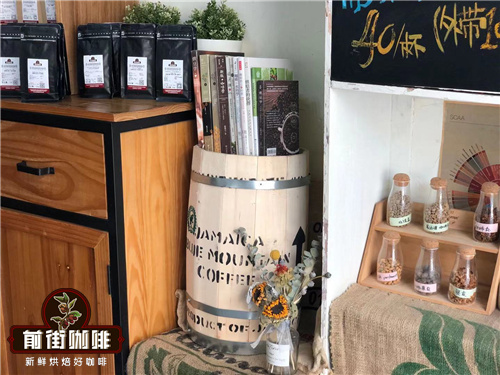
What do you mean by single coffee beans and Italian coffee beans? can Italian coffee use single coffee beans?
Professional coffee knowledge exchange more coffee bean information please follow the coffee workshop (Wechat official account cafe_style) what are individual coffee beans? Many friends who do not know about it may guess whether it is a single coffee without other ingredients such as milk and chocolate. In fact, this is not the case.
- Next
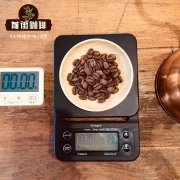
How to make coffee beans? how to eat coffee beans? you can't help but know how to eat coffee beans.
Professional coffee knowledge exchange more coffee bean information Please pay attention to the coffee workshop (Wechat official account cafe_style) before, I like drinking coffee, now, I begin to know how to drink coffee. Did you have the right coffee? Qianjie Coffee tells you 8 coffee tips you can't help knowing! Tip 1-one-way exhaust valve, not smelling incense hole, do you all have such experience in the store or
Related
- Guji coffee producing area of Guji, Ethiopia: Humbela, Shakiso, Wulaga
- What is the most expensive variety of Qiloso in BOP multi-variety group?
- How to store the coffee beans bought home?
- Why are Yemeni coffee beans so rare now?
- Ethiopian Sidamo all Red Fruit Sun Sun Santa Vini Coffee beans
- SOE is mostly sour? What does it mean? Is it a single bean? what's the difference between it and Italian blending?
- Is Italian coffee beans suitable for making hand-brewed coffee?
- How to choose coffee beans when making cold coffee? What kind of coffee beans are suitable for making cold coffee?
- Just entered the pit to make coffee, what kind of coffee beans should be chosen?
- Can only Japan buy real Blue Mountain Coffee? What are authentic Jamaican Blue Mountain coffee beans?

